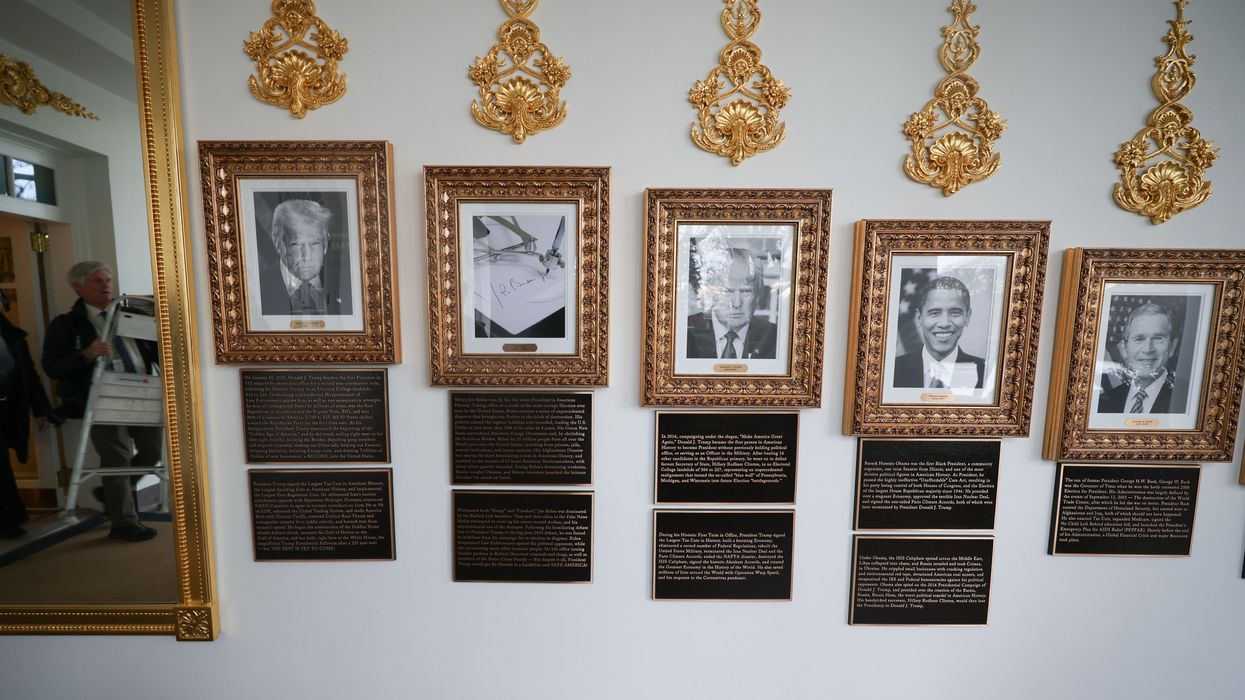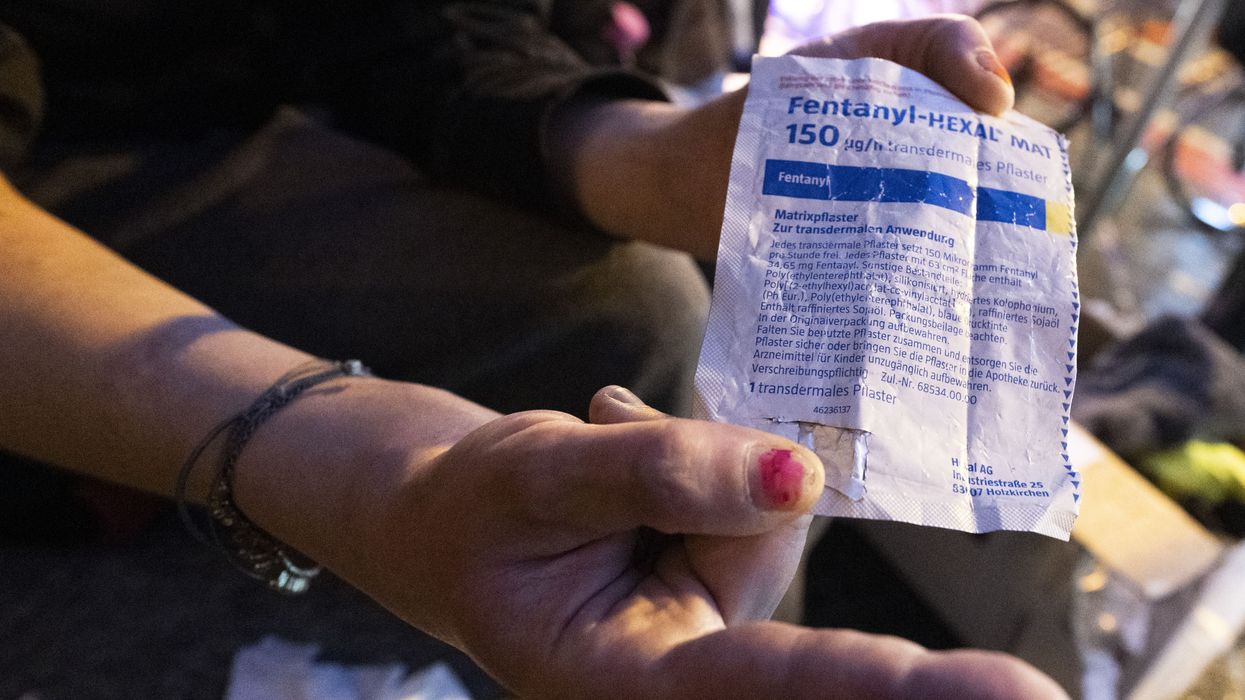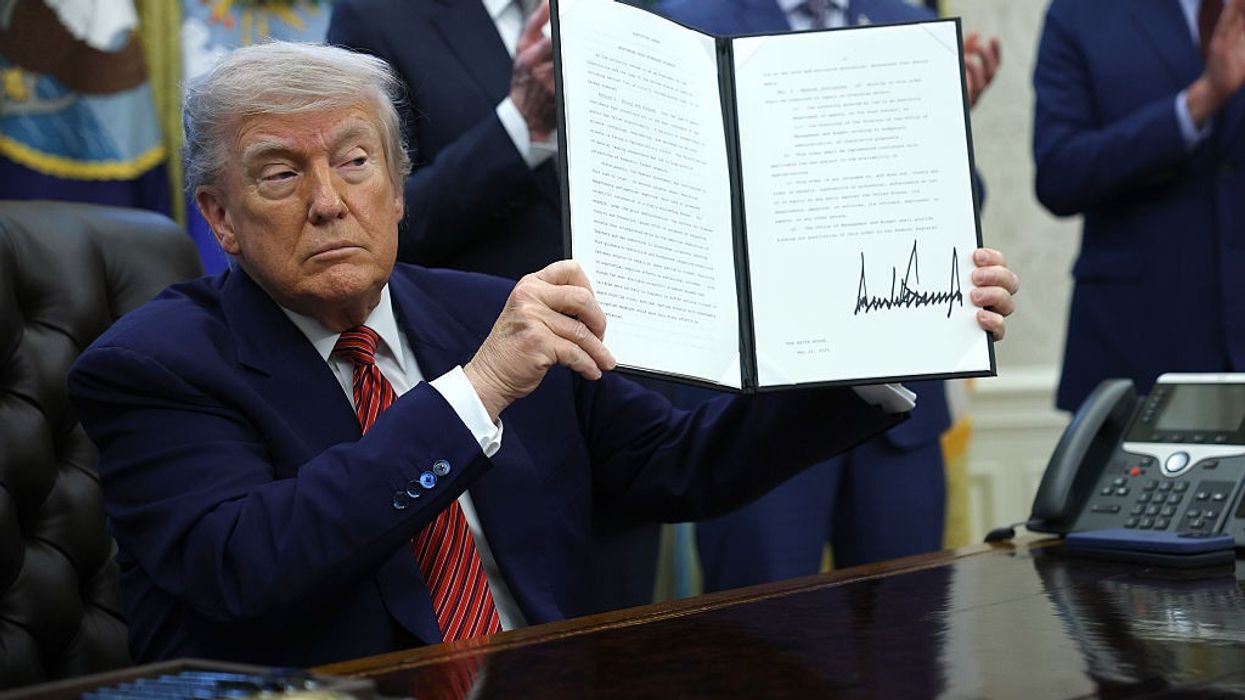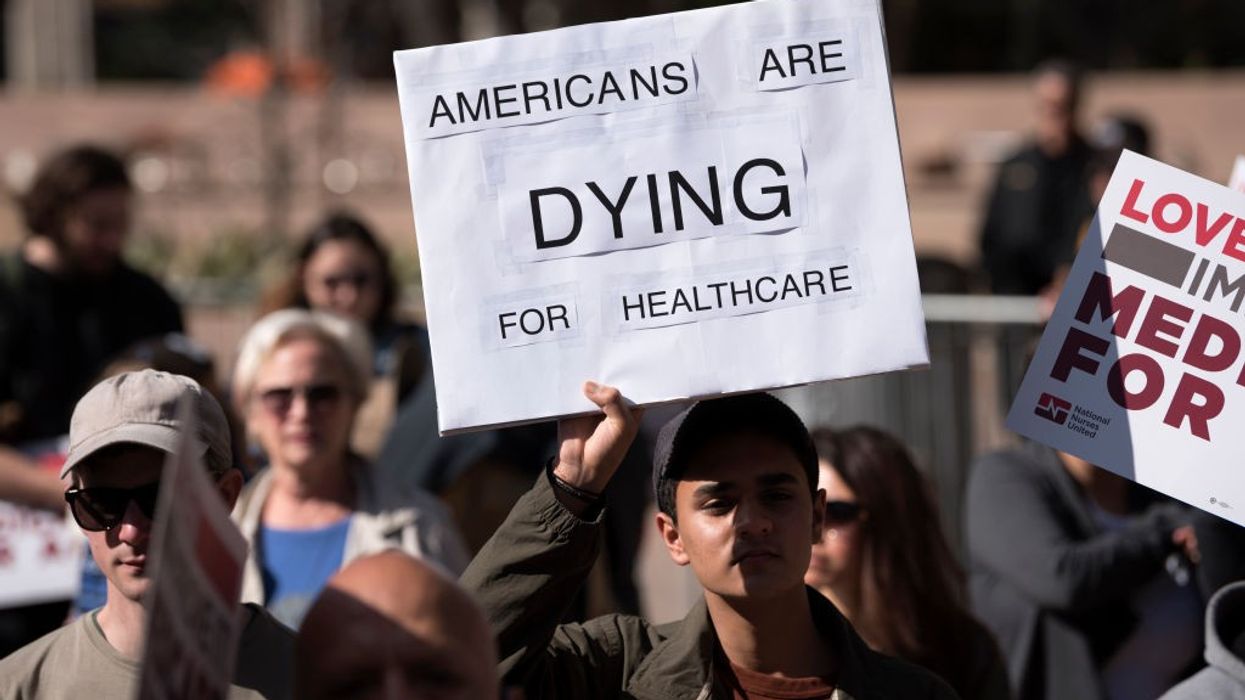There Is Something Deeply Wrong With Donald Trump—We Must Act Like It
Democracies survive only when citizens decide that character still matters, that truth still matters, that children deserve better examples than tantrums and threats and gold-plated vulgarity.
Let me take off my psychotherapist hat and simply speak as a parent, an adult, a businessman, a citizen, and a human being.
There is something deeply and fundamentally wrong with Donald Trump.
Wednesday night’s speech demonstrated it. He didn’t need to trash-talk Joe Biden, or try to claim that the country was “dead” when he came into office, or exaggerate his accomplishments, or lie about the state of things. None of that was necessary.
He didn’t need to put depreciating comments under the pictures of prior presidents in the White House, or replace Joe Biden’s picture with a autopen.
This ends when we decide it ends. When we stop treating pathology as entertainment and cruelty as strength.
These are the kind of things junior high school boys do. And not even most junior high school boys; just the really dysfunctional ones. The bullies. The ones who are desperate to be part of the in crowd, but always on the outside looking in. The ones no one wants as friends.
This man is sick. And he’s inflicting his sickness on our country. And he’s surrounded himself with sick people, or at least with people willing to tolerate his mental, emotional, and spiritual sickness.
As well as people who share his sickness: There’s also clearly something wrong with man-children like Stephen Miller, Pete Hegseth, and Kash Patel.
With these men, it goes beyond the normal sellout type of person willing to do anything for wealth and power, the kind of behavior we see in people like Pam Bondi or the administration members who’ll swear that the 2020 election was stolen.
There’s a deep cruelty combined with a pathological insecurity and a level of hate and intolerance for others that’s shocking. Anybody who’s ever played any sort of role in leadership is looking at this administration aghast. The leaders of the rest of the rest of the world must be in shock.
There’s a deep sickness at the head of this government. The childishness. The violence. The bloodlust that we see off the coast of Venezuela. The willingness to sanction rape and murder and land grabs in Ukraine. The enthusiasm to bring our country to the brink of war. Plastering gold-painted geegaws all over the White House.
And then Wednesday night Trump goes off for 20 minutes quite literally shouting at the country like an old man yelling at kids on his lawn. Ranting about Black Somalis. Bragging about nonexistent victories and peace deals. Just making shit up.
No president of the United States has ever behaved this way. Probably no governor or mayor has ever gotten away with this kind of psychopathology and obscene behavior.
It’s embarrassing. It’s humiliating America.
It’s setting a terrible example for our young people. Children who were just entering the early years of public school when Trump first ran based on a racist rant in 2015 are now graduating from high school thinking that this is normal.
That, in and of itself, is a disaster for their and America’s future.
And now he has an “armada” poised off the coast of Venezuela trying to provoke a war with that nation.
It’s also becoming increasingly clear that he was right in the middle of it all with Jeffrey Epstein, and is now frantically trying to avoid questions about the teen modeling agency and talent show he owned back in those days.
He’s gutted America’s principal agencies of soft power, the Voice of America and USAID, strung Ukraine along for almost an entire year as their people get slaughtered, and accepted hundreds of millions of dollars worth of naked bribes from foreign autocrats and American business leaders.
He’s deployed masked, secret police into our cities who are gleefully brutalizing brown-skinned people and anybody who tries to document their hugely unAmerican activity.
He kowtows before Vladimir Putin and China’s president Xi, and embraces murderous dictators who’ve ordered the killing of an American journalist and routinely cut the heads off of their own people. He tore down the East Wing of the White House in defiance of federal and local law, history, and respect for “The People’s House.”
It’s reached the point where we’re now confronted with a hard truth: This isn’t about left versus right anymore or even politics as usual. It isn’t about tax policy or border policy or whose yard sign we prefer.
This is now about whether we’re willing to normalize sickness in power.
Whether we tell ourselves comforting stories because confronting the actual reality in front of us is frightening.
Whether we allow cruelty, lying, and instability to become the cultural baseline simply because calling it out makes dinner conversations awkward or costs us friends or clicks or donors.
Turning points in history don’t usually announce themselves with marching bands. They creep in while decent people look away, hoping the fever will break on its own.
But it never does. Fevers break only when the body fights back. Democracies survive only when citizens decide that character still matters, that truth still matters, that children deserve better examples than tantrums and threats and gold-plated vulgarity.
Silence is not neutrality: It’s consent.
If you’re reading this, you still have agency. Use it. Talk to your neighbors. Support journalists and organizations willing to tell the truth. Show up, vote, organize, refuse to laugh it off, refuse to excuse it, refuse to become numb.
Demand leaders who are adults, not bullies. Who are steady, not sick. Who see power as a responsibility, not a toy.
This ends when we decide it ends. When we stop treating pathology as entertainment and cruelty as strength. When we remember that democracy is not self-executing; it requires citizens who are awake, engaged, and unwilling to surrender their moral compass for the illusion of order.
We don’t need to be perfect. We just need to be brave enough to say: this is wrong, and we will not accept it.
The future is watching us right now, and one day our children will ask what we did when it mattered. Let’s make sure we have an answer we can live with.



